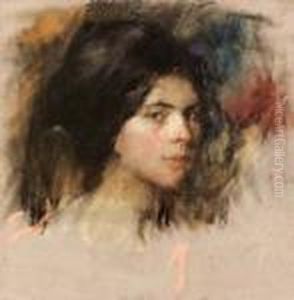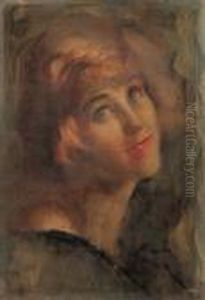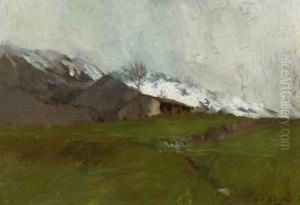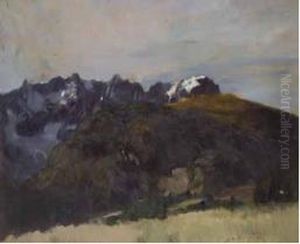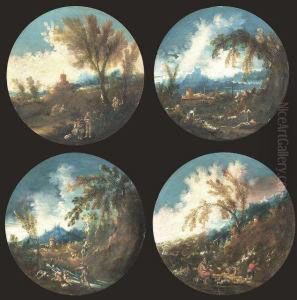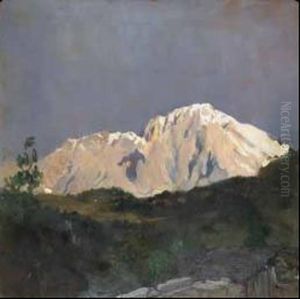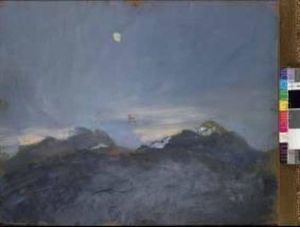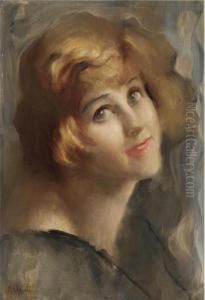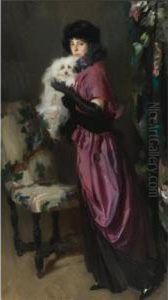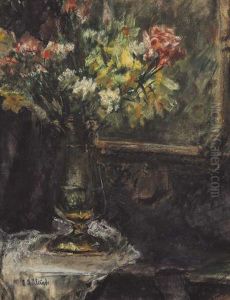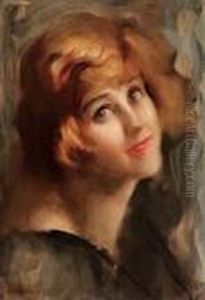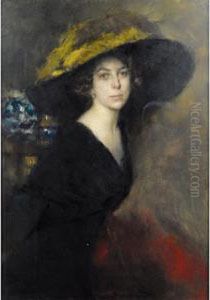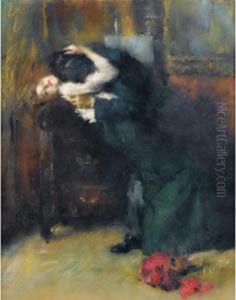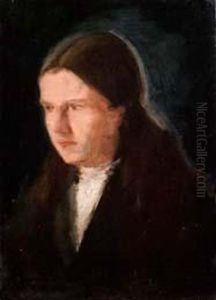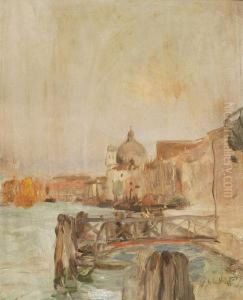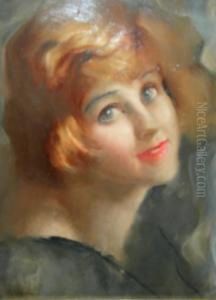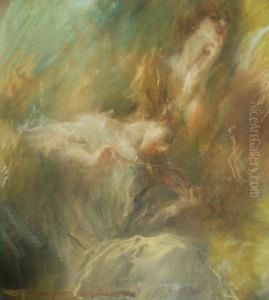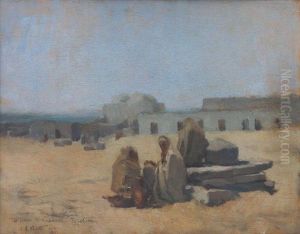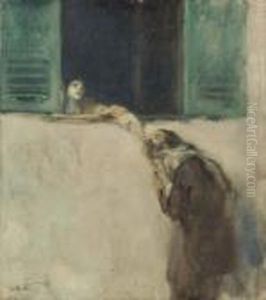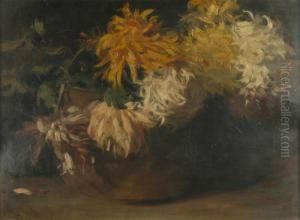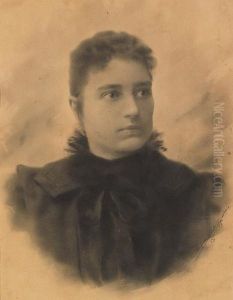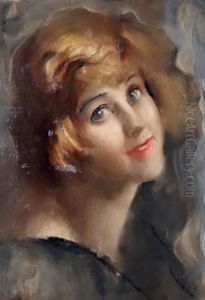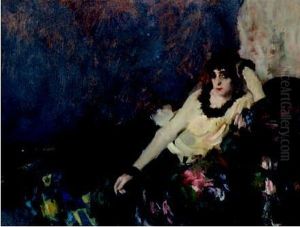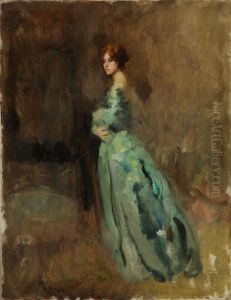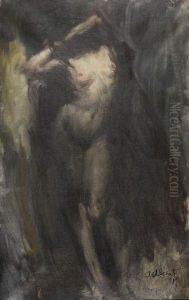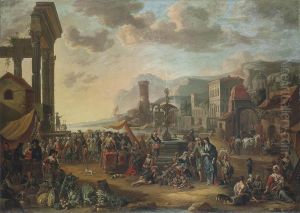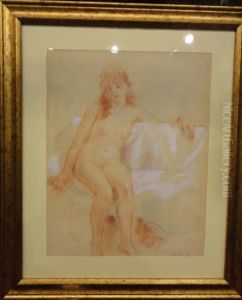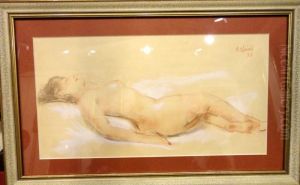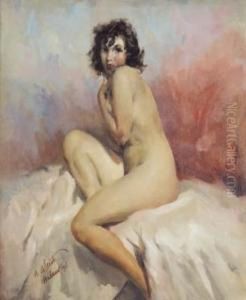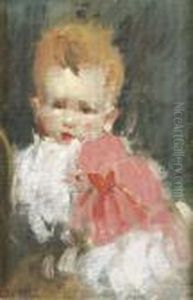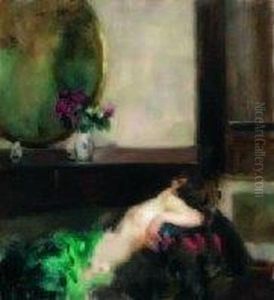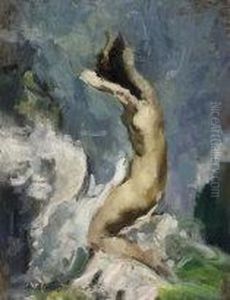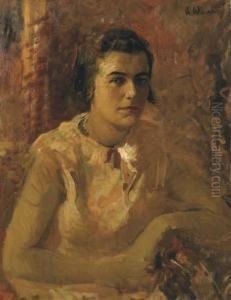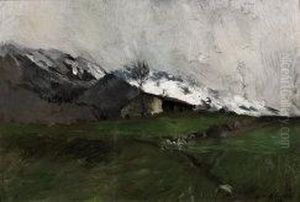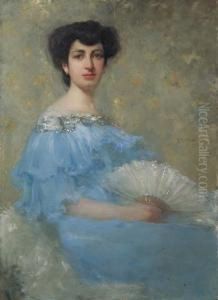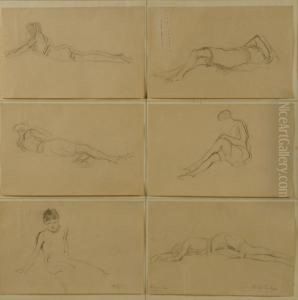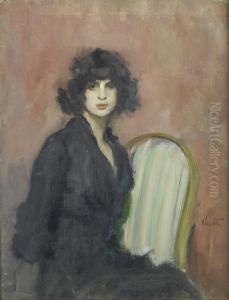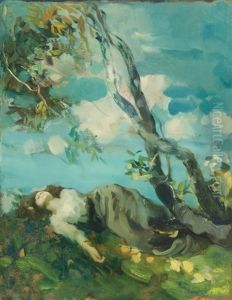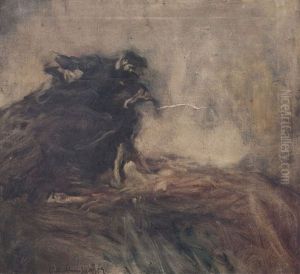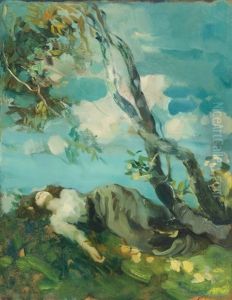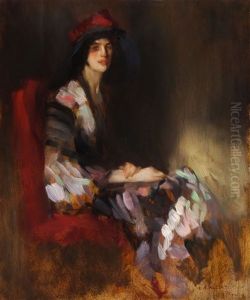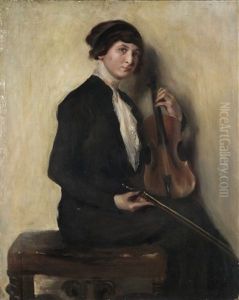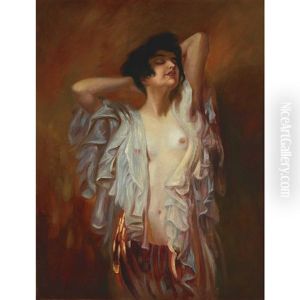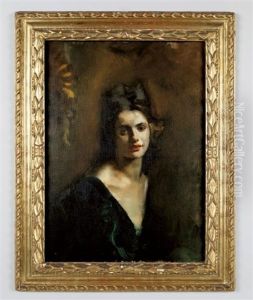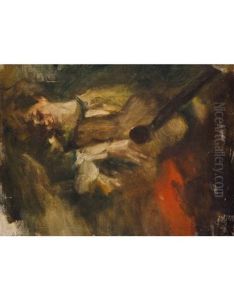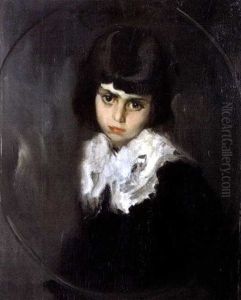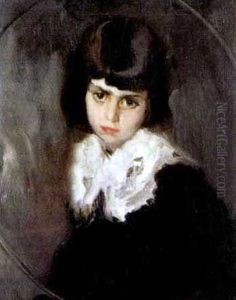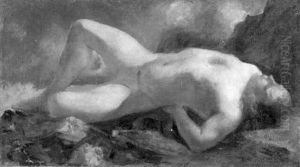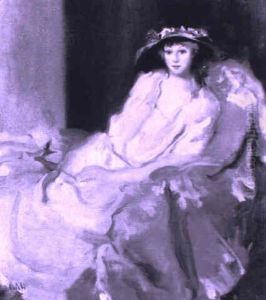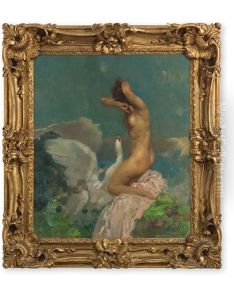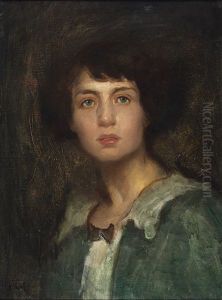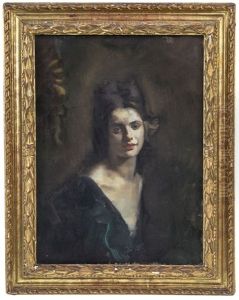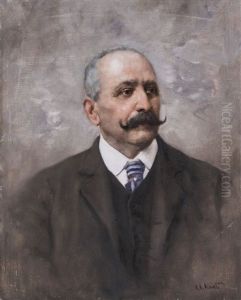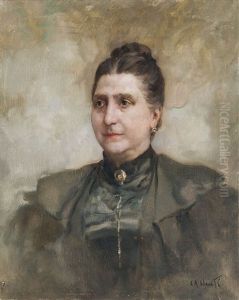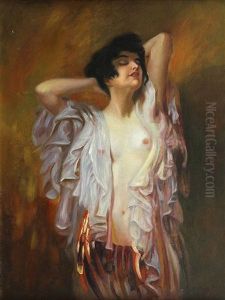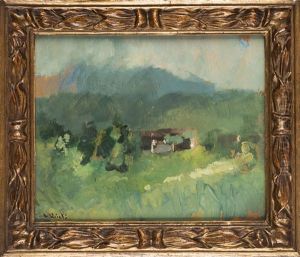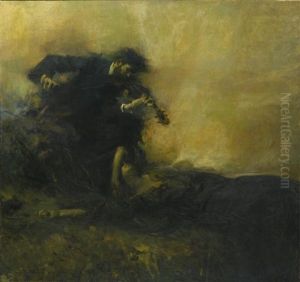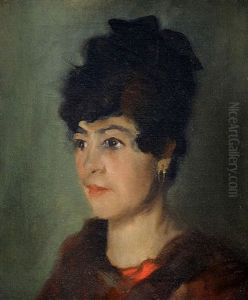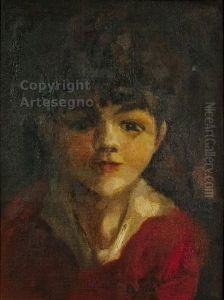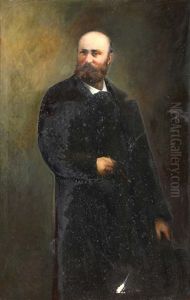Ambrogio Antonio Alciati Paintings
Ambrogio Antonio Alciati was an Italian painter, primarily known for his contributions to the post-Macchiaioli movement and his picturesque landscape and genre paintings. Born on May 24, 1878, in Vercelli, Italy, Alciati showed an early aptitude for art and was encouraged to pursue his passion. He studied at the Brera Academy in Milan, where he was influenced by the works of the Macchiaioli, a group of Italian artists who predated the Impressionists in France and focused on capturing the play of light and shadow in their work.
Alciati's style, however, evolved beyond the typical Macchiaioli aesthetic. He adopted a more detailed and vibrant approach to his paintings, often depicting Italian rural and urban scenes with a keen sense of atmosphere and mood. His work was characterized by a rich palette, meticulous brushwork, and a focus on the effects of light.
During his career, Alciati exhibited his work widely, both in Italy and internationally. He participated in the Venice Biennale and other important exhibitions, gaining recognition for his unique style. His paintings often featured scenes of daily life, landscapes, and historical subjects, captured with a sentimental and sometimes romanticized vision.
Despite his success, Ambrogio Antonio Alciati's life was marked by personal tragedies, including the untimely death of his wife and children. These events deeply affected him and were reflected in the somber tones and emotional depth of his later works.
Alciati's contribution to Italian art in the late 19th and early 20th centuries was significant, as he bridged the gap between the traditional approaches of the Macchiaioli and the modernist tendencies that were emerging at the time. His works remain appreciated for their beauty and historical value, offering a glimpse into the Italian culture of his era.
Ambrogio Antonio Alciati passed away on August 29, 1929, in Milan. His legacy continues to be celebrated in art history, particularly within the context of Italian post-Macchiaioli painting.
